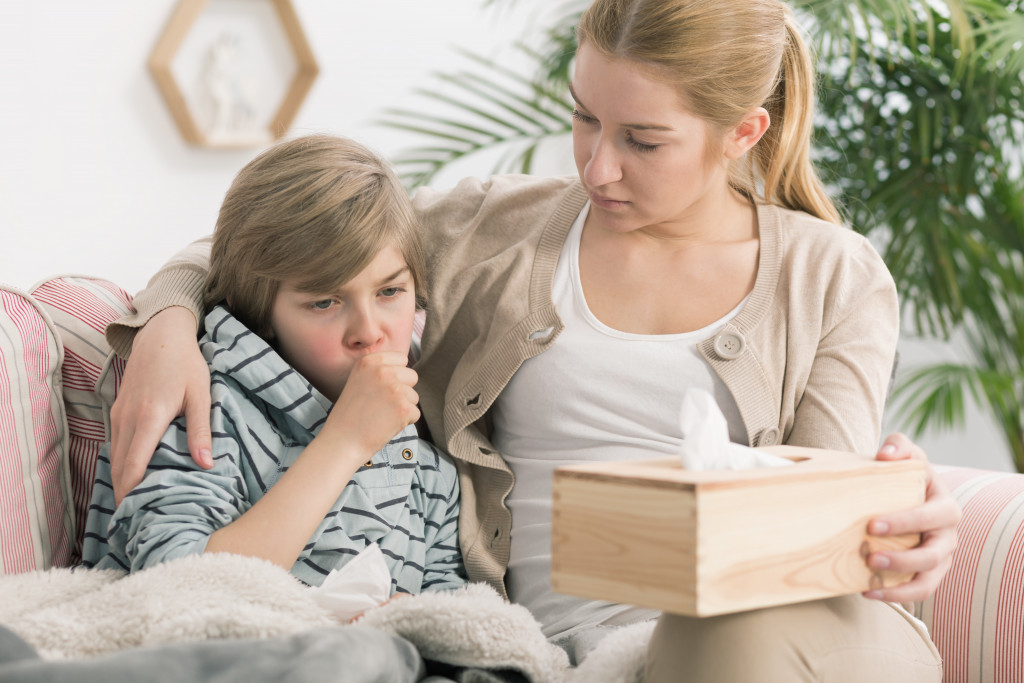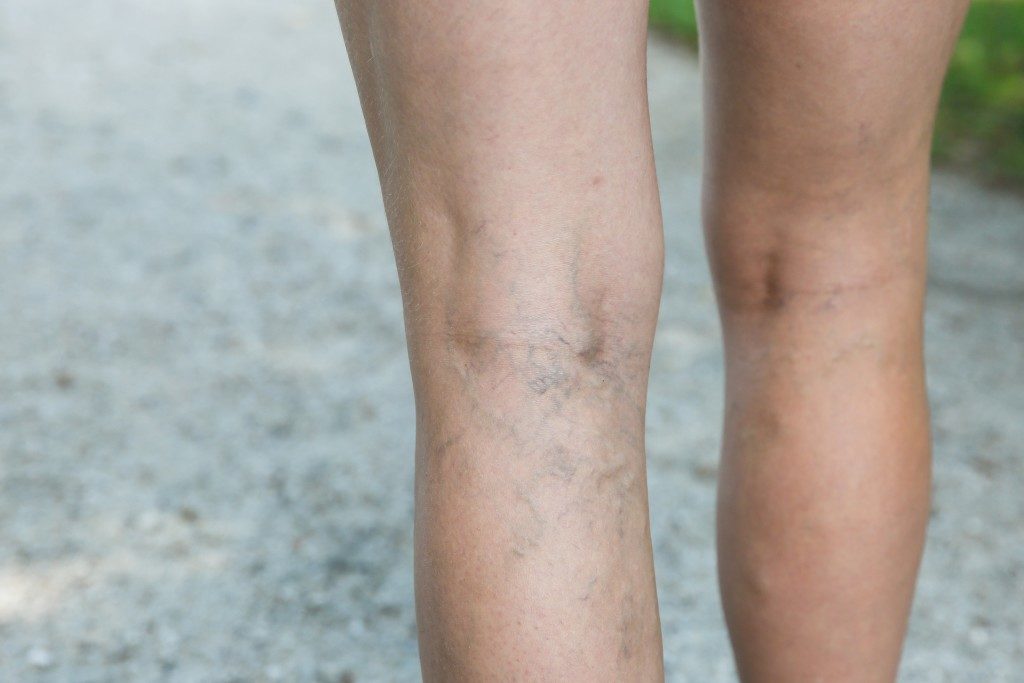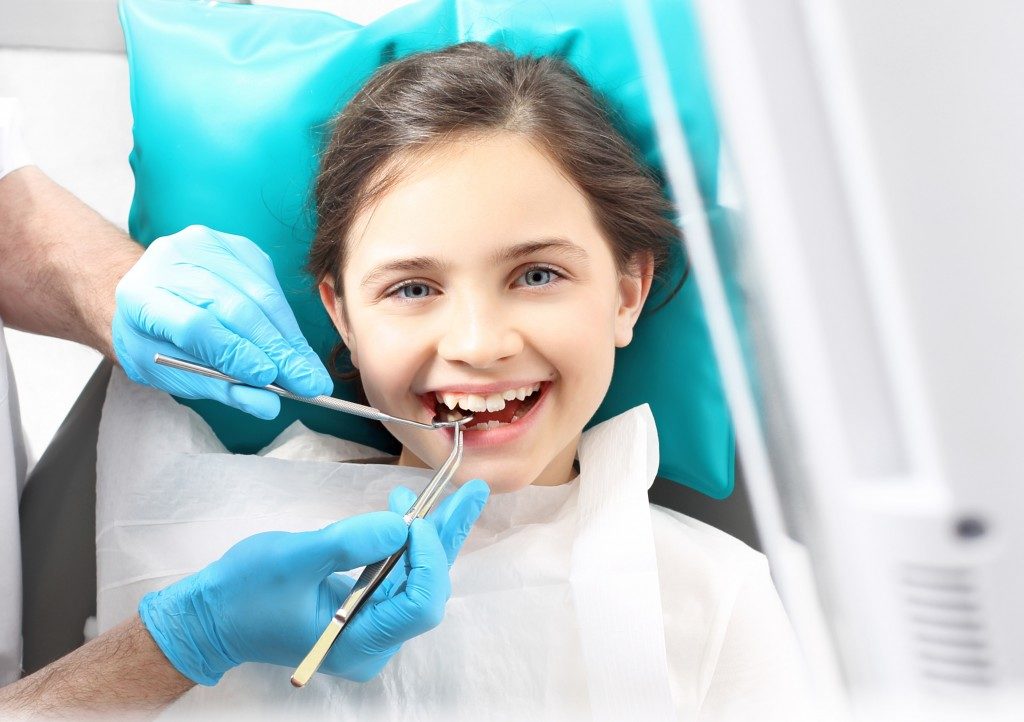- Regularly clean your home to reduce allergens.
- Monitor pollen counts and stay indoors when they are high.
- Wear protective clothing to reduce exposure to pollen, such as long-sleeved shirts and pants.
- Consider using allergy medications and avoiding triggers to help prevent allergic reactions.
- Consult with a doctor if you have severe or persistent allergies.
Spring is a beautiful season with blooming flowers and trees, but it comes with allergies for many people. Allergic reactions can be a real nuisance, and they can ruin your day-to-day activities. However, there are ways to manage allergies and prevent them from affecting your family’s health and happiness. This guide will discuss five tips to manage allergies within your family during spring.
1. Regularly Clean Your Home
The first tip to manage allergies within your family during spring is to regularly clean your home. Spring cleaning is an ideal time to eliminate dust and other allergens that can cause irritation and discomfort. A professional spring cleaning service can be beneficial in tackling deep-rooted dirt, debris, and other particles that can trigger allergic reactions. Professionals will use cleaning products specifically designed to eliminate allergens, which can relieve anyone with allergies.
2. Monitor Pollen Counts
Pollen is a common allergen that can trigger allergic reactions in many people. You can reduce your exposure to pollen by monitoring the pollen counts in your area. Check the local news or use a pollen tracker app to see when pollen counts are high. When the pollen count is high, it’s best to stay indoors as much as possible, especially during the early morning hours when pollen counts are usually highest. Keep your windows closed, and use an air conditioner instead of a fan, as fans can circulate pollen throughout your home.
3. Wear Protective Clothing
If you or someone in your family is allergic to pollen, wearing protective clothing can help reduce the amount of pollen that comes into contact with your skin and clothes. When you come back inside, remove your shoes and clothes, and shower to rinse any pollen that may have stuck to your skin or hair.
Here are some tips on what you can wear:
Long-Sleeved Shirts
Opt for long-sleeved shirts outdoors to protect your skin from pollen and other allergens. Look for materials designed to be breathable and lightweight, so you don’t feel overly hot or uncomfortable wearing them. If you plan on being outside for extended periods of time, consider layering clothing items as well. This way, you can easily adjust your outfit when the temperature changes.
Pants
Pants are an essential protective item to wear when outdoors. Look for lightweight fabrics that still provide enough coverage to keep pollen out of your clothes. Breathable materials like cotton or linen will help keep you cool while providing the protection you need. If it’s cold outside, look for lined pants to help keep your legs warm and protected from allergens in the air.
Hats

A hat is a great way to protect your head and eyes from pollen and other airborne particles. Look for a wide-brimmed hat that covers most of your face and neck area when outdoors. Sun hats are also helpful in keeping harmful UV rays off your skin. Consider wearing a bandana or scarf over your nose and mouth if needed — this can also help filter out some of the allergens!
Sunglasses
Sunglasses not only look stylish, but they also protect from pollen and other allergens. Look for lenses with UV protection to help keep your eyes safe. Wraparound sunglasses are great for keeping pollen out, as they have extra coverage at the sides of your face. Wearing sunglasses can also help reduce strain on your eyes if you’re out in bright sunlight for a long period of time.
4. Use Allergy Medications
Allergy medications can help relieve symptoms like sneezing, runny nose, and itchy eyes. Many over-the-counter allergy medications, such as antihistamines, decongestants, and nasal sprays, are available. Talk to your doctor or pharmacist to determine which medication is best for you or your family. It’s important to follow the dosage instructions carefully and not exceed the recommended amount.
5. Avoid Triggers

Identifying and avoiding triggers can help prevent allergic reactions. Keep a journal to track when you or your family experience allergic reactions and what may have triggered them. Common triggers include certain foods, pet dander, mold, and dust mites. Once you identify a trigger, take steps to avoid it. For example, if pet dander is a trigger, consider keeping pets out of certain rooms or investing in a HEPA air purifier designed for pet owners.
In Closing
Managing allergies during spring can be challenging, but it’s possible with a little effort and planning. Regularly cleaning your home, monitoring pollen counts, wearing protective clothing, using allergy medications, and avoiding triggers can reduce your family’s exposure to allergens and allow you to enjoy the season’s beauty without suffering from allergic reactions. Remember to consult with your doctor if you have severe or persistent allergies, as they may recommend additional treatments or allergy testing.




